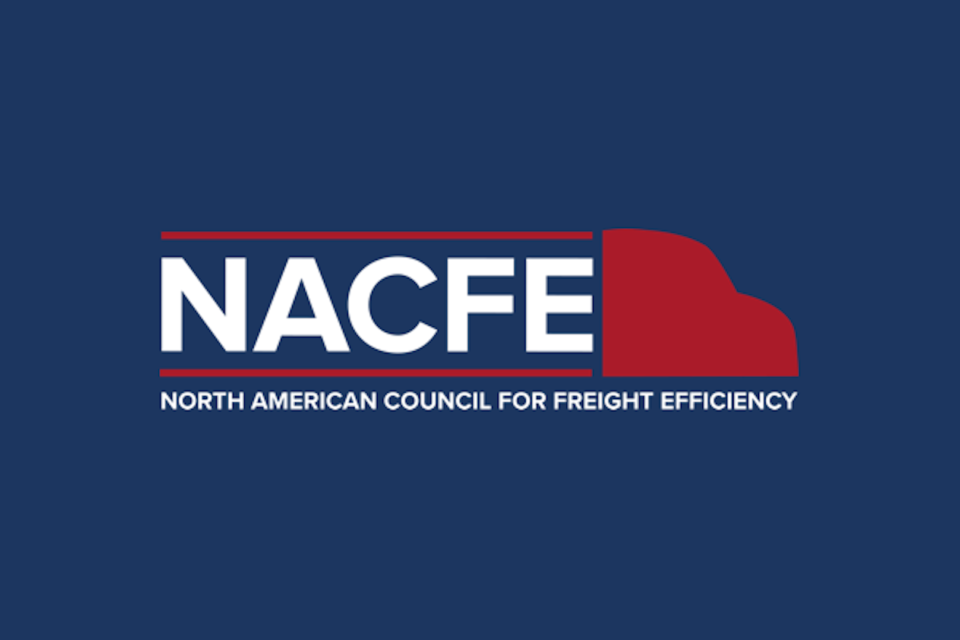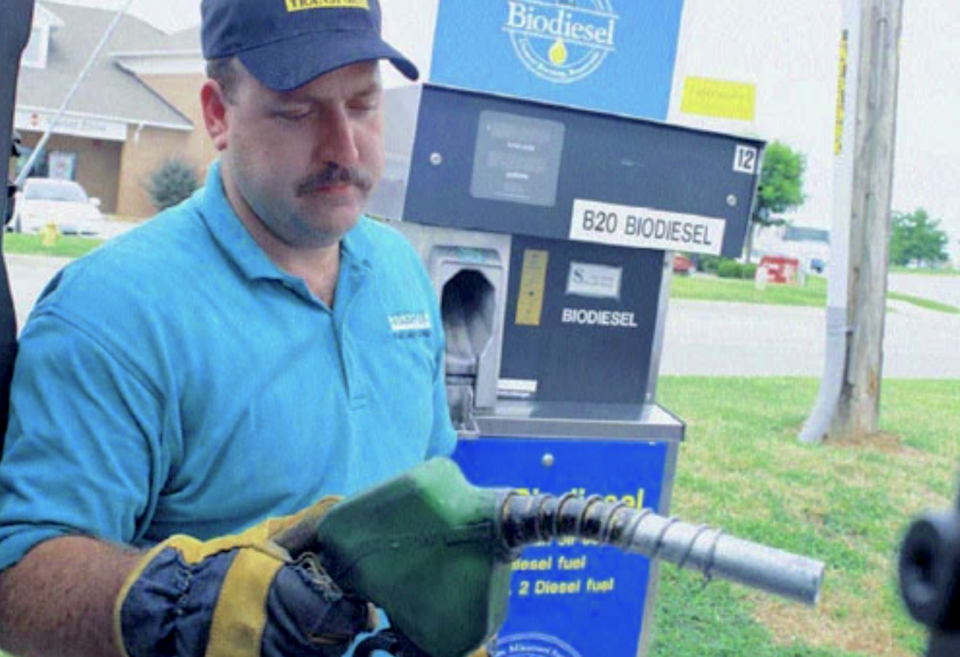NREL Analysis Shows Midwestern Electrofuels Could Become Energy Superheroes

E-fuels, derived from carbon dioxide (CO2) from industrial waste gases or the air, are being explored as a revolutionary concept by the National Renewable Energy Laboratory (NREL). Using waste CO2 from ethanol production, NREL suggests that electrolyzers can catalyze reactions to convert CO2 into valuable chemicals and potentially increase ethanol production by up to 50%. By leveraging wind energy, primarily in the corn belt states known for wind capacity, there is potential to make e-fuels on a large scale, significantly impacting the ethanol industry and meeting ambitious decarbonization goals for transportation, including sustainable aviation fuel targets. Ongoing research is focusing on improving the readiness of e-fuel processes and addressing key barriers.“Every hour, a typical 90-million-gallon ethanol plant produces around 27 tonnes of CO2, a natural byproduct of fermentation. These waste streams of CO2 are highly concentrated—almost pure CO2—which makes them a choice ingredient—or feedstock—for making e-fuels by outfitting refineries with electrolyzers. When given an electrical charge, electrolyzers catalyze chemical reactions that split and reconfigure CO2—a stable molecule—into compounds easier to upgrade into energy-dense fuels and chemicals. In this way, electrolyzers can turn CO2 that would have been released into the atmosphere into valuable chemicals instead. Doing so could not only greatly lower the carbon intensity of ethanol— already with 44%–52% lower greenhouse gas (GHG) emissions than gasoline—but also boost the fuel output of existing facilities.”Learn more





